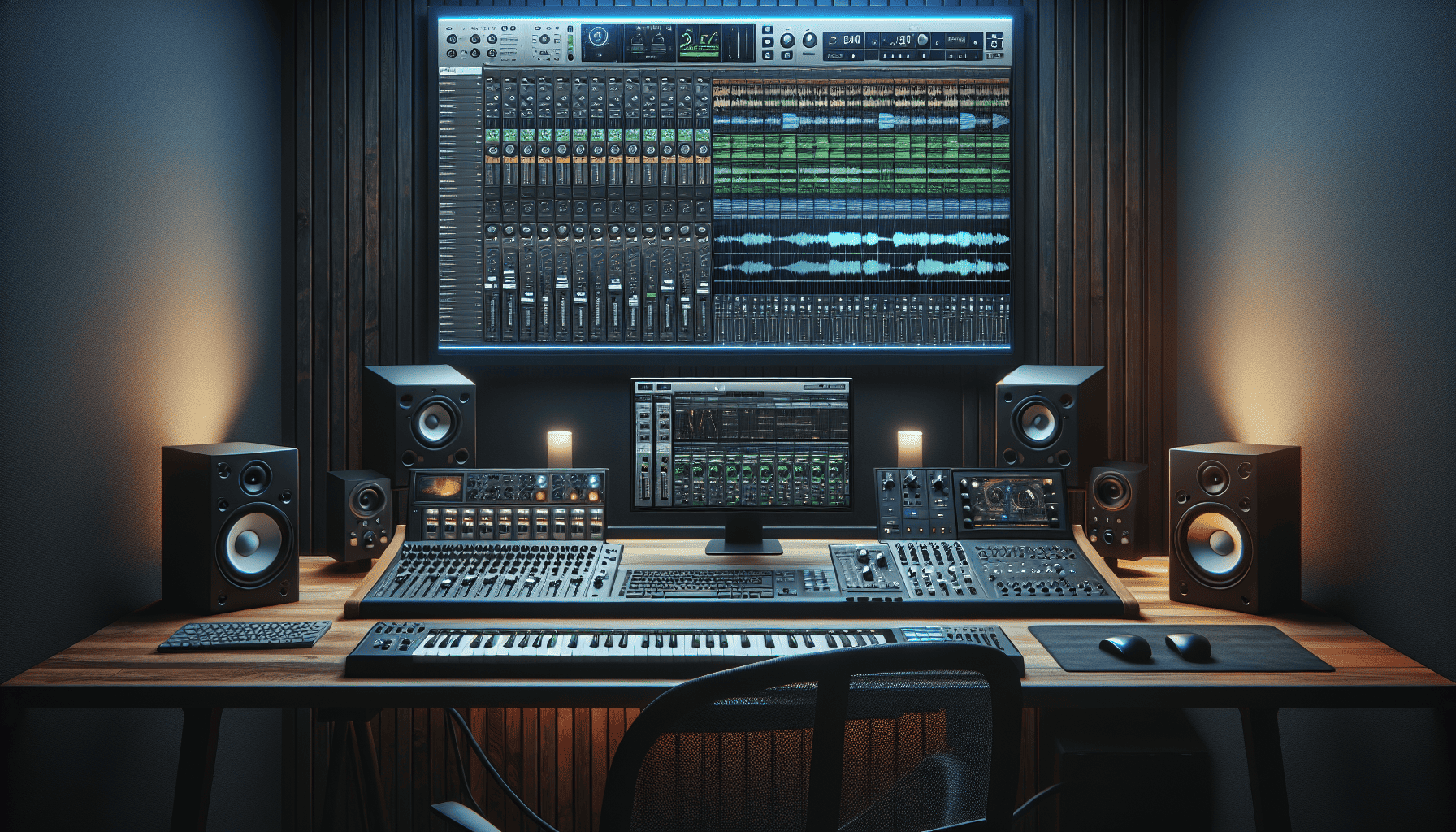The transformation of music production through digital technology is one of the most significant advancements in the world of sound and creativity. As we navigate the 21st century, digital music production has not only expanded the horizons of what is musically possible but also democratized the process, allowing anyone with a computer and some creativity to express their musical ideas.
At the forefront of this transformation is the abundance of software-based digital audio workstations (DAWs). These powerful tools serve as the backbone for modern music production, providing comprehensive platforms for composing, recording, editing, mixing, and mastering tracks. Unlike traditional analog methods, digital tools offer the flexibility to make complex adjustments with precision, non-destructive editing capabilities, and limitless possibilities for experimentation.
One of the most notable benefits of digital music production is accessibility. The cost barrier to entry has drastically lowered, with many affordable or even free DAWs and plugins available. This shift has opened the door for emerging artists around the globe to produce high-quality music from the comfort of their bedrooms or home studios. The learning curve, though steep, is softened by the myriad of online tutorials and communities dedicated to fostering new talent.
Moreover, digital production has fostered collaboration on an unprecedented scale. Musicians from opposite corners of the world can now collaborate in real-time, exchanging ideas and projects almost instantaneously through cloud-based platforms. This global networking has not only diversified music but also led to the creation of genres born from these international collaborations.
The flexibility and diversity of digital tools also allow for innovative sound design. Producers can now manipulate audio in ways that were once unimaginable, crafting sounds that push the boundaries of genres and defy traditional categorizations. This has led to the rise of electronic genres and the fusion of sounds that challenge and excite listeners.
However, this digital revolution is not without its challenges. The ease of access to music production tools means that the market is saturated with content, making it increasingly difficult for individual artists to stand out. This has led to a reliance on marketing and branding as much as musical talent when it comes to achieving recognition.
Furthermore, the shift towards digital has sparked debates about the loss of analog warmth and authenticity. Many purists argue that digital recordings can lack the unique imperfections that give music character. This has prompted some producers to incorporate analog equipment in their digital setups, striving for a "best of both worlds" approach.
The digital landscape has also introduced the challenge of keeping up with rapidly evolving technology. To stay relevant, producers must continuously learn and adapt to new tools and techniques, which can be both exhilarating and exhausting.
In conclusion, the rise of digital music production marks a pivotal moment in the history of music. While bringing numerous benefits such as increased accessibility, global collaboration, and innovative sound creation, it also presents challenges related to market saturation and the potential loss of analog characteristics. As technology continues to evolve, so too will the music industry, leading to a future where the possibilities for creativity and expression remain boundless.
